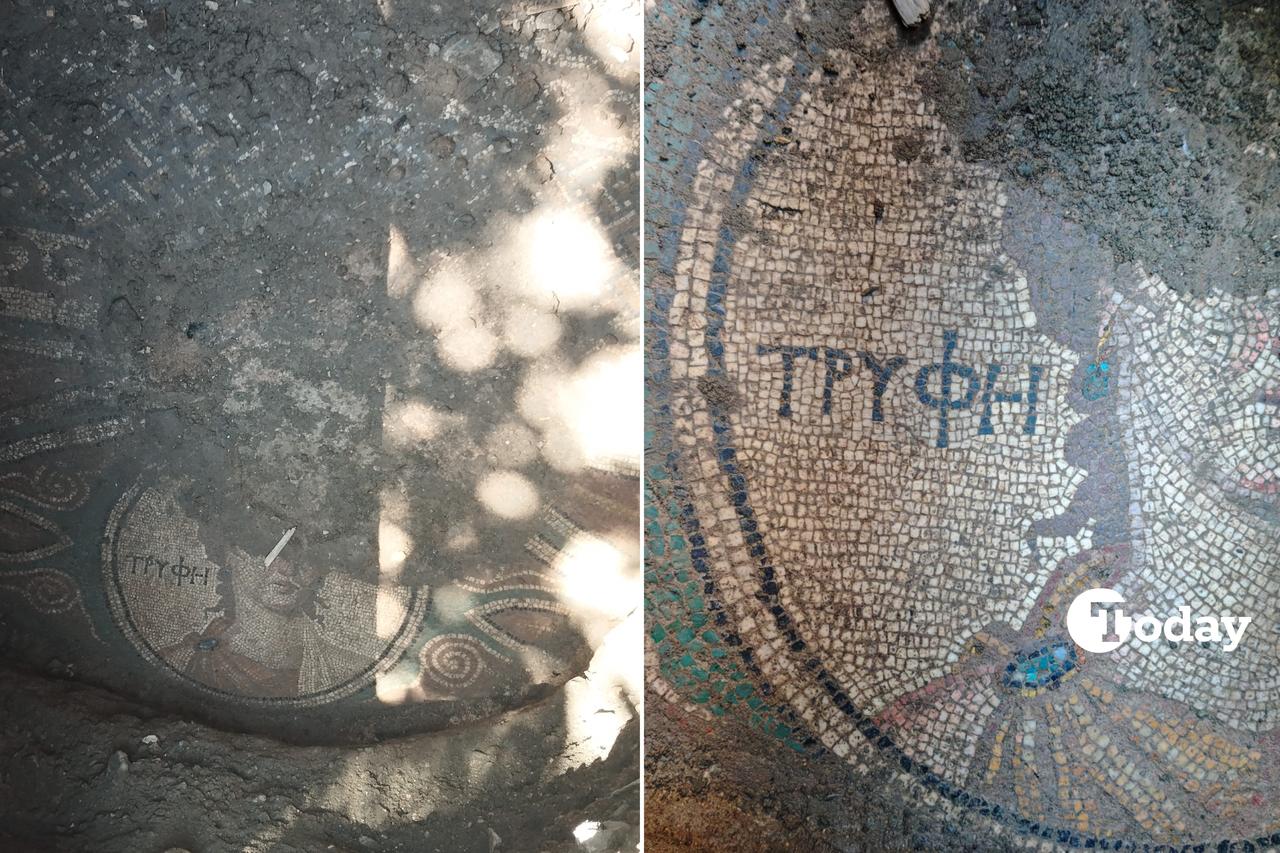
An unauthorized excavation in Türkiye's Tokat province has led to the discovery of a 2,000-year-old Roman mosaic depicting the personification of luxury, Tryphe. Disturbingly, one of the suspects, identified as M.S., allegedly live-streamed the illegal dig and shared videos on social media, sparking outrage among heritage professionals.
Four individuals were caught excavating a vineyard house in the Zile district. Two of them, F.S. and his son A.S., were arrested and later imprisoned following their court appearance. M.S. and another suspect, S.S., were released under judicial control.
Jandarma teams discovered the mosaic, measuring approximately 3x3 meters, covered with sacks in an attempt to hide it. Experts are now analyzing the artifact.
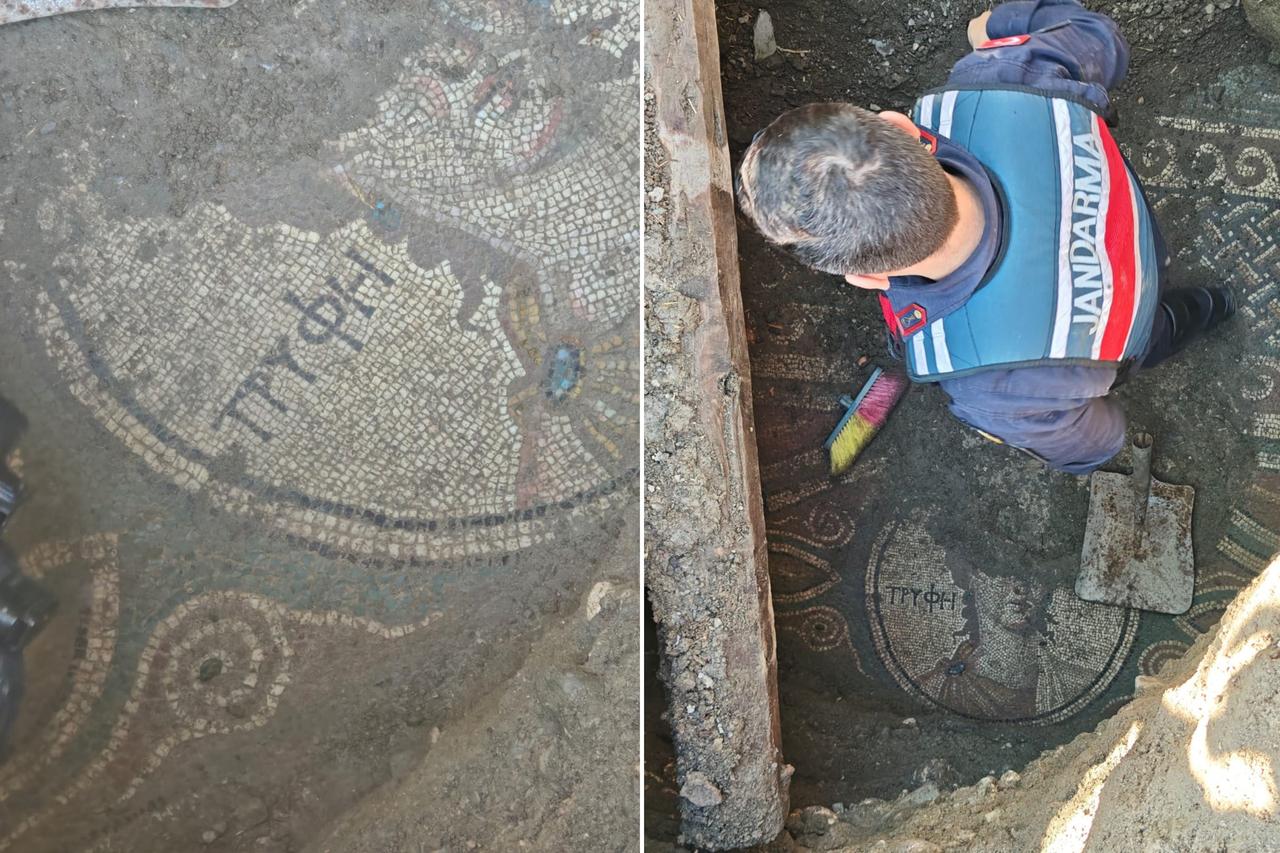
The mosaic features a bust of Tryphe (ΤΡΥΦΗ), the Greek personification of elegance and luxury. She is depicted wearing refined clothing, with flowing hair, earrings, and a delicate posture, facing slightly to the left on a pale background. The inscription "ΤΡΥΦΗ" appears beside her head.
The concept of Tryphe originated in the Classical Greek period, initially bearing negative connotations such as softness and indulgence. However, by the Hellenistic era, this changed. Tryphe became a state-sponsored ideology among rulers, symbolizing infinite wealth, exotic goods, and divine favor. Grand banquets and displays of luxury were used to assert both power and refinement.
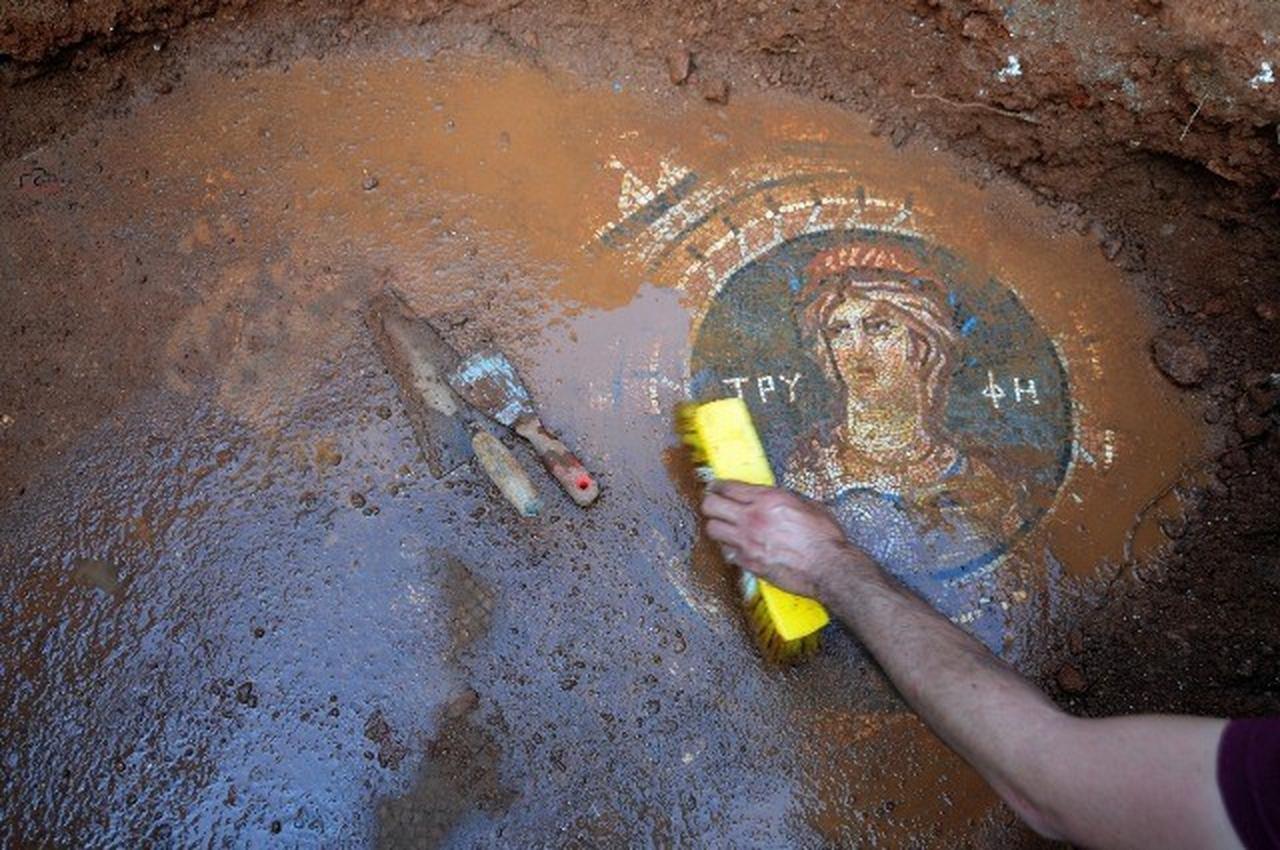
The verb tryphao, meaning "to live in luxury or excess," was often associated with women, children, and effeminate men, reflecting both admiration and criticism. Over time, the term Tryphon even became a royal epithet among the Ptolemaic kings, before trickling down into common use.
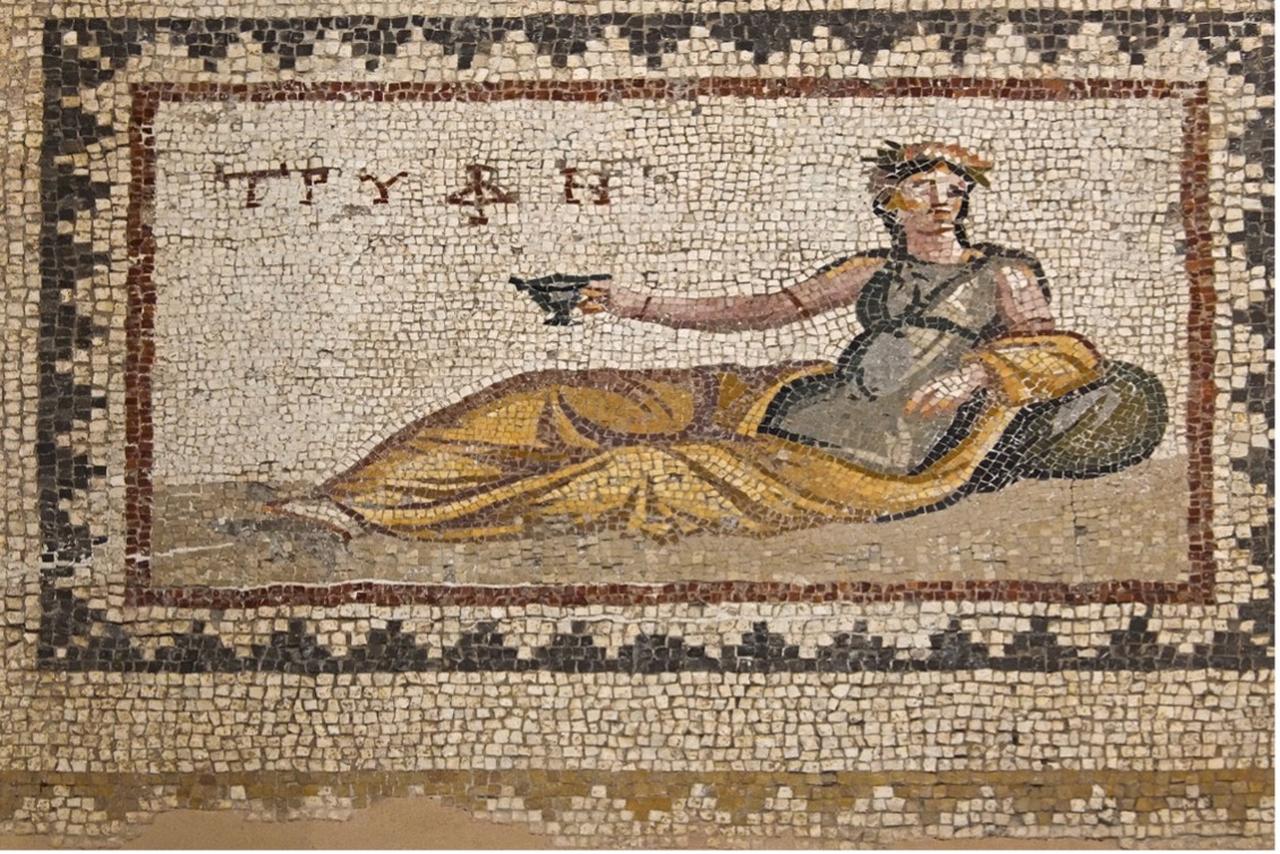
Comparable personifications of Tryphe appear in Roman mosaics from regions such as Antiochia ad Orontem and Sinop. A notable parallel is found in the so-called “House of Drunken Dionysus” in ancient Antioch, where Tryphe reclines luxuriously on a cushion, holding a goblet and adorned with jewelry and a floral crown. Her counterpart, Bios (life), is also featured, suggesting a thematic juxtaposition of indulgence and vitality.
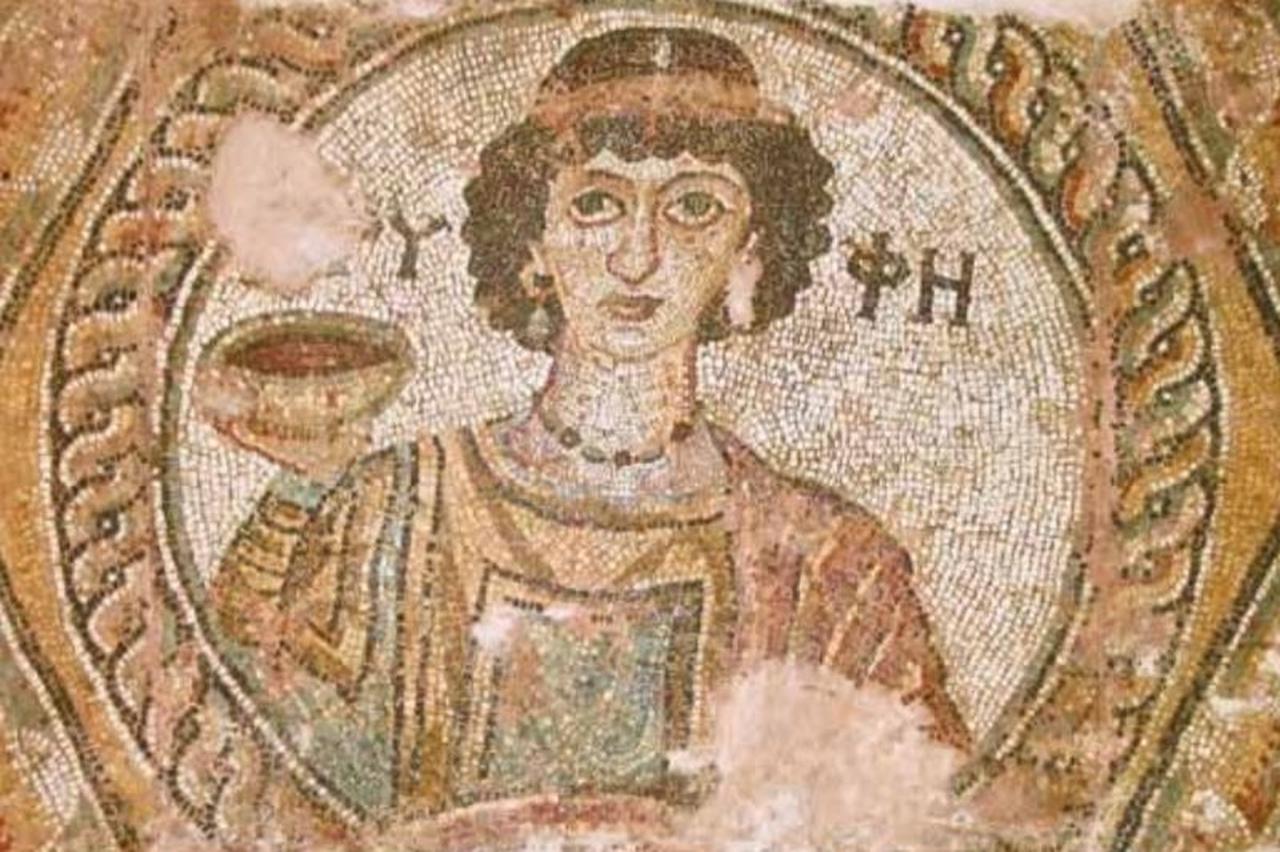
Another mosaic discovered in modern-day Sinop portrays Tryphe inside a medallion, identified through a Greek inscription. The care and richness in the attire of the Tokat mosaic suggest artistic influences from affluent coastal cities like Daphne, Olba, and Antioch.